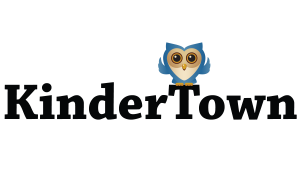Futaba Classroom comes highly recommended as a multifaceted game to use with your family or in your classroom. Completely customizable for what you want kids to learn and play. One of the few apps designed completely for social play.
Either play with the provided content or create your own. Up to four players sit around the iPad. Tap “start” and the game begins. One game might have the center showing a picture of 10 stars. The first player to tap the number 10 on their panel scores a point. Win three rounds and the child is awarded a Futaba which is a small seedling.

Futaba comes with several learning sets, but what makes this app exceptional is the fact that you have complete control of the content. Design your games by using the camera on your device. Add your own text. The latest update provides an option to use Dropbox to upload images. The amount of customization allows both parents and teachers to get creative. The options seem limitless.
Activity 1: Chalkboard Calculator
What You’ll Need:
• Chalk
• Stones
With the chalk draw a series of boxes that resemble a calculator. You want to include numbers from 0 to 9 and the symbols your child is familiar with (+, -, x, /, =). If you have a young child who does not know math symbols yet, leave them off.
The first player tosses the stone on one of the numbers. The player reads the number and jumps on corresponding squares to create that number. Based on your child’s abilities with numbers, the game can look a little different.
For example, The stone lands on 6.
• The child who know addition and subtraction might jump on number 7, then -, 1, = and finally landing on 6.
• The child learning how to construct numbers might jump on number 2, then 4 and finally 6.
• The child just learning to count can start at one and count and jump one square at a time until landing on 6.
• The player gets to keep playing until they either step on a line or make the wrong equation.
Activity 2: Mismatch
This a great game for families and kids to play together. The objective is to get kids paying attention to their surroundings, comparing, contrasting and using active memory.
Choose a room in your home to play in. Gather everyone in the room to look around. If you have a big group of people playing you will want to break up all the players into two teams. For smaller groups, everyone can just take turns.
To start the game, one group leaves the room. The remaining players change five objects in the room. There are lots of things you can do: flip couch cushions, switch shoes with another player, move objects from one side of the room to other. When done making the changes, bring the other team back into the room. Their job is to identify the mismatches. Anything they don’t find equals one point for the other team. Take turns making and finding mismatches. The player or team with the most points is the winner.











